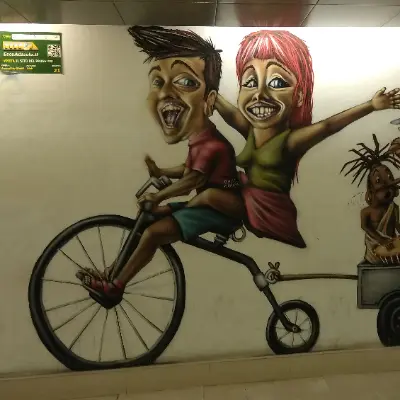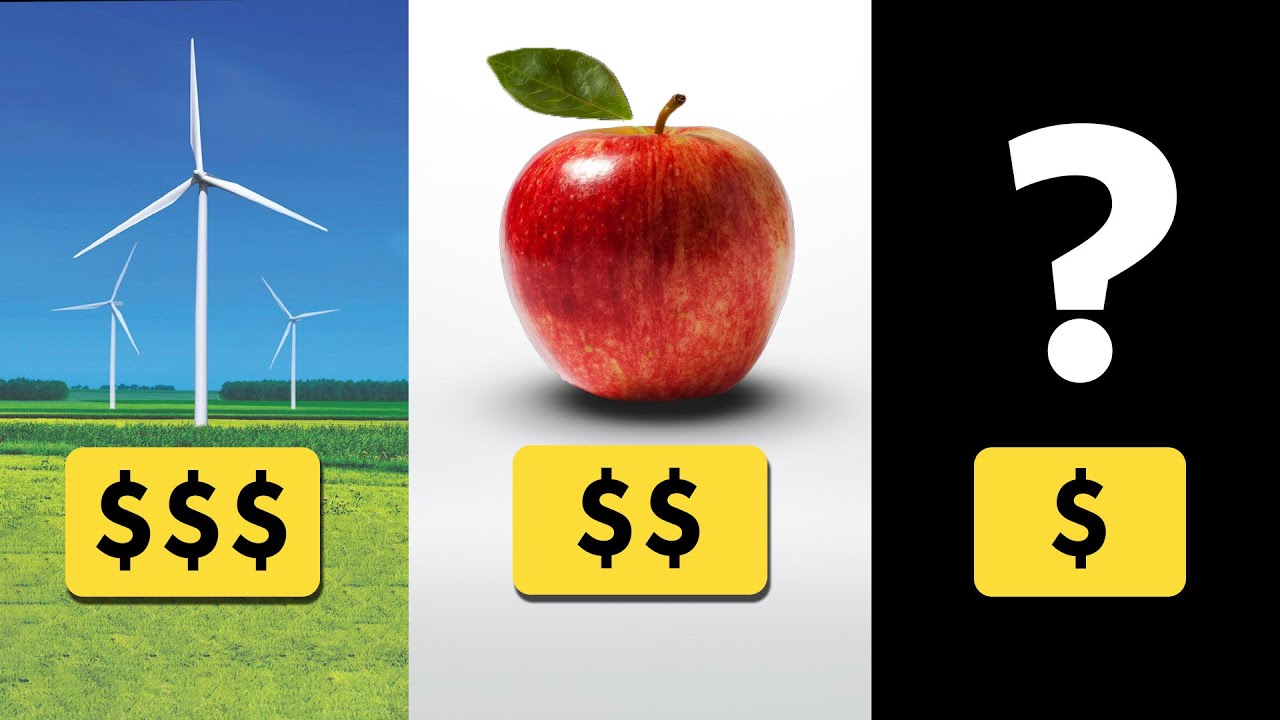Project Drawdown has characterized a set of 93 technologies and practices that together can reduce concentrations of greenhouse gases in the atmosphere. It’s a gigantic project with a lot of data and analyses.
In the linked video, the author goes through the measures to find which one is the most cost effective in terms of ratio of rCO2 reduction and economic cost
The maybe surprising result is that building bike infrastructure to shift a not even big percentage of travels from cars to bicycles or ebikes, is very cheap and has a huge effect on emissions.
The premise is that all solutions should be implemented to have a significant effect, but some are easier done than other.
crossposed from: https://feddit.it/post/6913495



Sounds like a poorly designd bike path if it doesn’t have passing lanes.
Roads are built to low cars to go 100 kph. Roads for bikes shouldn’t be designed for slower speeds.
@delirious_owl most bike paths around here are two-direction. To pass a slower cyclist, you need to go on the reverse direction lane. With heavy traffic, just like roads for cars with similar lane arrangement, passing is touchy.
What doesn’t help either are multifunctional paths, or paths shared by cyclists and pedestrians.
Yeah, sounds like very poor design. Are they planning to fix that problem?
@delirious_owl not as far as I know. The main problem in my small city is the bike network is disorganized. Pockets of bike paths or lanes that don’t link together. I believe they’re working on that.
Now thinking about it, not all bike paths are shared with pedestrians, fortunately.